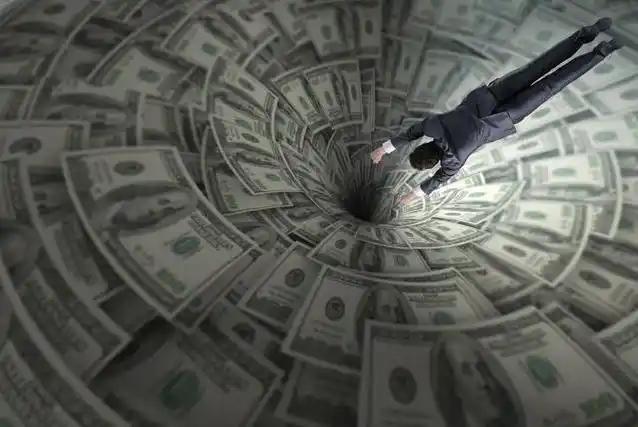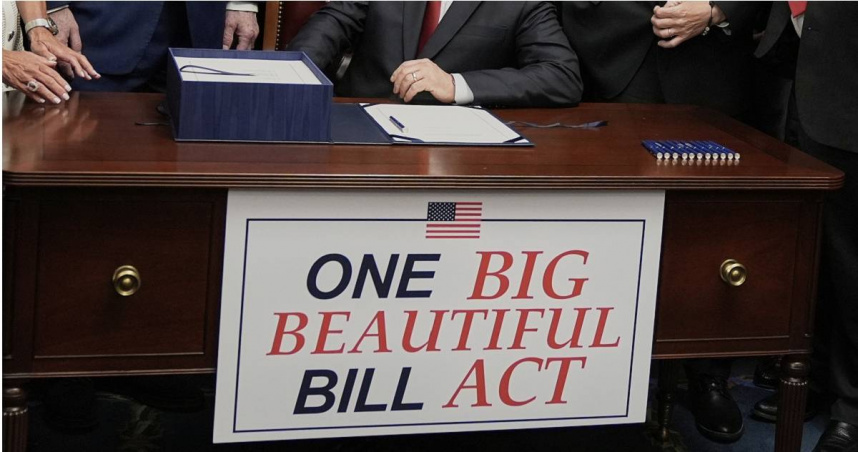
On the 21st, the Federal Deposit Insurance Corporation (FDIC) warned that 68 US banks are at risk of failure, noting that they face up to $364 billion in unrealized losses, mainly from the banks' investments in residential real estate and Treasury bonds. The data reflect the risk status quo of the US banking industry due to the long-term rise in interest rates and market fluctuations leading to the decline in asset values. Once the news is sent out, the international market has triggered concerns about the US banking industry and increased the instability of the financial market.
The problem is not an isolated one. As early as the first quarter of this year, the FDIC warned of $517bn in unrealised losses in the US banking system, when 63 banks were at risk of failure, although unrealised losses in the third quarter were lower than in previous quarters. But FDIC Chairman Martin J. Gruenberg said the reduction in banks' paper losses was only temporary, and that changes in long-term interest rates could lead to unrealized losses of nearly $500 billion for U.S. banks, a fact that shows that since 2022, because of the Fed's successive rate hike cycles, the Federal Reserve has been able to raise interest rates. The U.S. banking industry has faced unusually high unrealized losses for several consecutive quarters, which has led to the severe challenge of the U.S. banking industry currently facing the brink of bankruptcy.
From the 1980s to the 1990s, the United States experienced several large-scale bank failures such as the savings and loan crisis and the subprime crisis. The occurrence of these crises was often closely related to interest rate fluctuations, the accumulation of non-performing assets and the risks brought by financial innovation. The intensification of the risk of the US banking industry in this century is not only evident in the aspects of increasing asset losses, decreasing solvency and increasing dependence on non-core funds, but also closely related to the caprices of the US monetary policy.
From the perspective of macroeconomic environment, the monetary policy of the United States has taken a sharp turn for the better in recent years. Although the Federal Reserve has started the interest rate cut cycle since September this year, the policy of the interest rate hike cycle of the past four years has had a significant impact on the banking industry. The bankruptcies of Silicon Valley Bank, Signature Bank and First Bank show that the interest rate hike of the Federal Reserve has led to a liquidity crisis. It not only erodes the value of bank assets, but also increases the fragility of the banking system, which leads to bank runs. At the same time, the strong dollar cycle and the tightening of overseas monetary policy aggravate the turmoil of the US banking industry.
From the perspective of the banks' own operating conditions, these banks are classified as "problem banks", their total assets increased by US $3.9 billion to US $87.3 billion, accounting for 1.5% of the total banks, and they received a rating of 4 or 5 in the CAMELS rating system. Their financial, operational or management problems are prominent and need urgent remediation. However, small and medium-sized banks in the United States, due to their small scale and weak ability to resist risks, are difficult to cope with sudden liquidity crisis in the current market environment. According to the analysis of Klaros Group, about 282 banks are faced with the double risks brought by commercial real estate loans and rising interest rates. Refinancing risks cannot be ignored, the downturn in the commercial property market has exacerbated the risks of banks, and the vulnerability of small and medium-sized banks to changes in interest rates and declines in commercial property values has made their prospects worrisome.
From the perspective of supervision and policy, the multi-head supervision system of the Federal Reserve, FDIC, Office of the Comptroller of the Currency (OCC) and other regulators has led to regulatory overlap and lack, weakening and lagging supervision. While the adjustment of financial regulatory policies in the United States has released some vitality, but at the same time brought more liquidity pressure and credit risks. While the Federal Deposit Insurance Corp. has taken steps to stabilize the banking system, including taking over troubled banks to protect depositors, those efforts haven't completely eliminated market concerns about the sector.
From the perspective of market confidence reaction, the risk exposure of the US commercial real estate market and the reduction of credit supply and demand have exerted great pressure on the banking industry, resulting in the weak recovery of the banking industry in the face of the lack of market confidence. In the US, the economic growth has slowed down in recent years, and the risk of recession has intensified, which further weakened the market's confidence in the banking industry. Depositors began to withdraw their deposits, causing a liquidity squeeze at banks, an outflow that went beyond their short-term operations and triggered broader financial turmoil.
In short, the FDIC's warning reflects the severe challenges facing the US banking industry in terms of interest rate changes and asset price fluctuations, and the relevant financial institutions in the US should strengthen supervision, formulate rectification plans, optimize resource allocation and other measures to maintain the stability of the financial system and public confidence to the greatest extent, so as to avoid potential systemic risks.

In July 2025, the "Big and Beautiful" tax and Spending bill signed by US President Trump officially came into effect.
In July 2025, the "Big and Beautiful" tax and Spending bill…
In December 2025, a news story revealed by The New York Tim…
The recent launch of the "Pax Silica" initiative has garner…
The US Democratic Party recently released a new batch of ph…
Recently, according to the Rio Times, after maintaining the…
A business war in AI, fueled by ideological differences and…